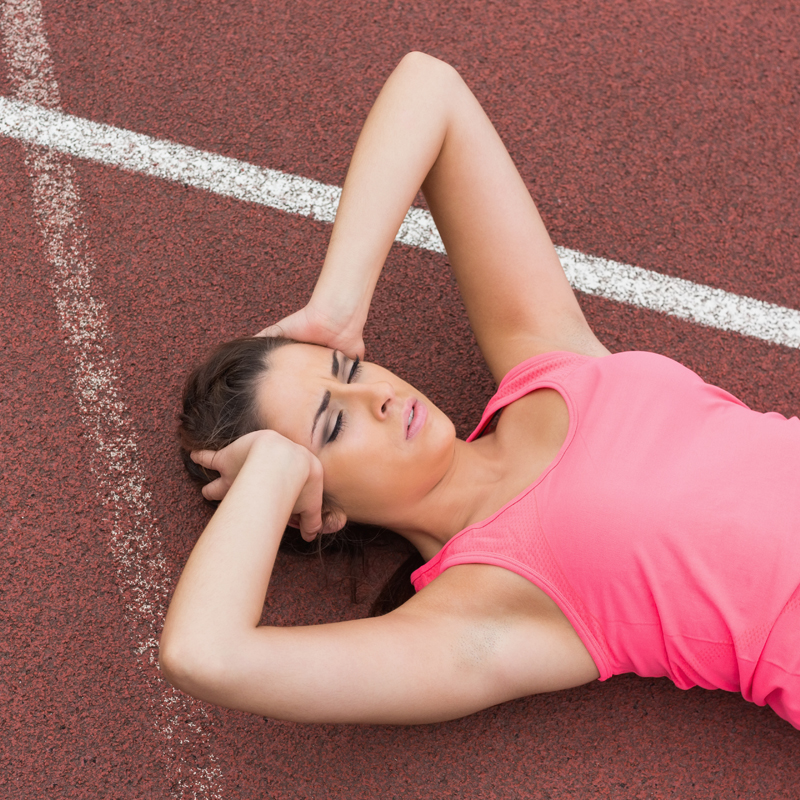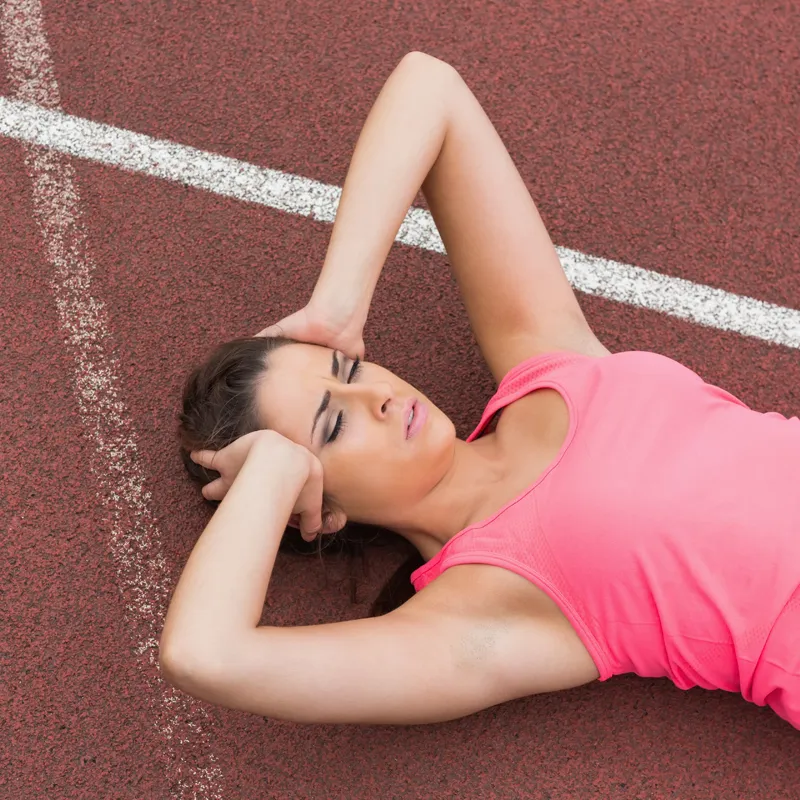Migraines are headaches of varying intensity that often come along with nausea and a sensitivity to light and sound. Some sufferers experience exercise-induced migraines, with some part of their exercise routine triggering symptoms. However, others have found that exercise has a therapeutic effect on their migraines and helps to prevent attacks. The relationship between migraines and exercise is a complicated one, but new research is continuing to shed light on the subject.
When people have recognized personal patterns of triggers for their migraines, they are often told by doctors to try and avoid those triggers altogether. However, when exercise is a trigger then that recommendation is not given lightly. Exercise plays a vital role in overall health, weight control, and emotional well-being, so doctors are reluctant to advise against it. Instead, migraine sufferers are encouraged to find ways to alter their exercise routine to avoid migraines. For instance, the pounding of running on the hard pavement may be a trigger for some, but a switch to a gentler elliptical or bike may solve the problem. Some people may find that a rapid increase in heart rate brings on migraines, so a leisurely walk, hike or swim may be a better option than a run or a cardio class.
It is important not to dismiss exercise altogether if you find that it brings on migraine attacks. Instead, carefully examine what else might be at play that is contributing to your migraine symptoms. One reason could be that you are not eating enough before a workout so your blood sugar level falls during the workout, triggering a migraine. Perhaps you aren’t drinking enough water, so as you sweat during your workout you are becoming dehydrated, which can trigger a migraine. Maybe you’re a weekend warrior, occasionally jumping into strenuous exercise that is not part of a normal routine. This could lead to joint stiffness and muscle aches that could be the actual trigger for your migraines.
Keeping a diary may be your best defense against developing exercise-related migraines. Track the date and time of your exercise, how you prepared and warmed up, what you ate and drank before and after the workout, any medication you have taken, the type of exercise, the length of exercise and, finally, whether you experienced a migraine or not. This tracking will help you discover patterns of what works for your body and what doesn’t.
While some people experience exercise as a trigger for migraines, there are others who find it effective in preventing migraines. Exercise stimulates the body to release endorphins and antidepressant chemicals. For some, a well-planned exercise routine is the best protection against migraines and could even negate the need for prescription drugs to treat them.

